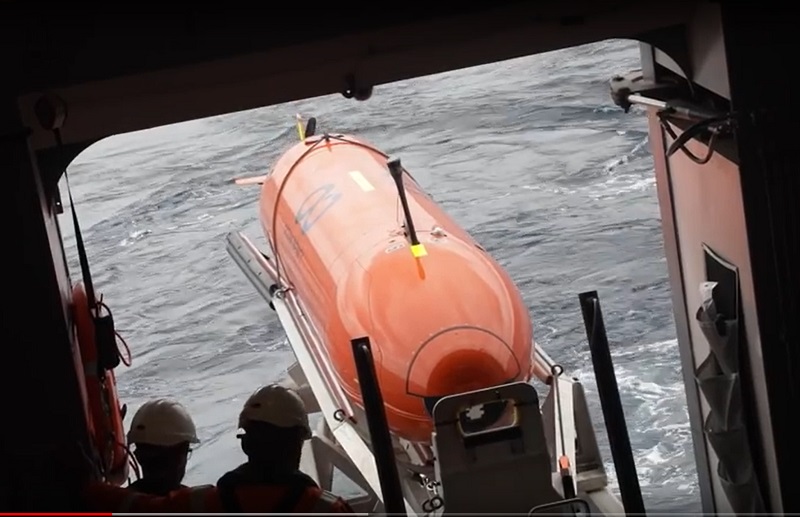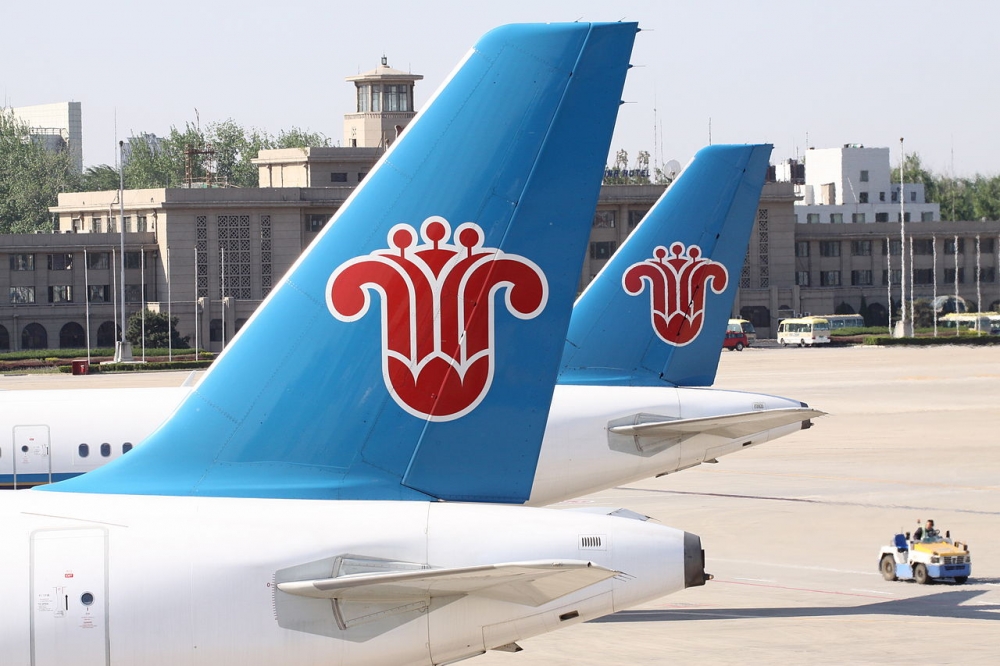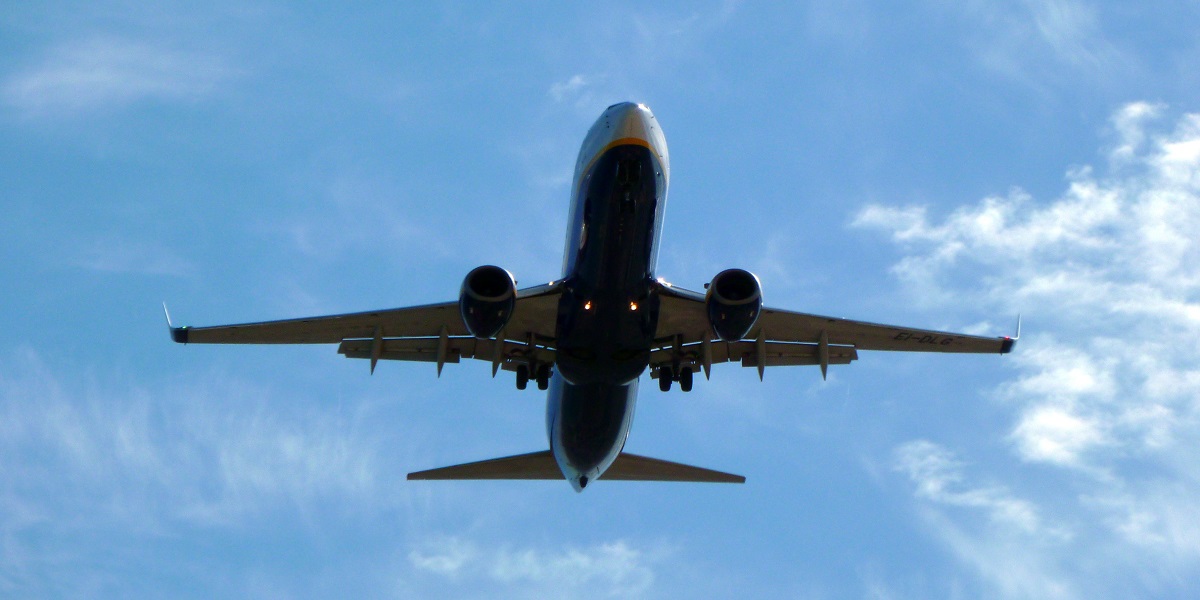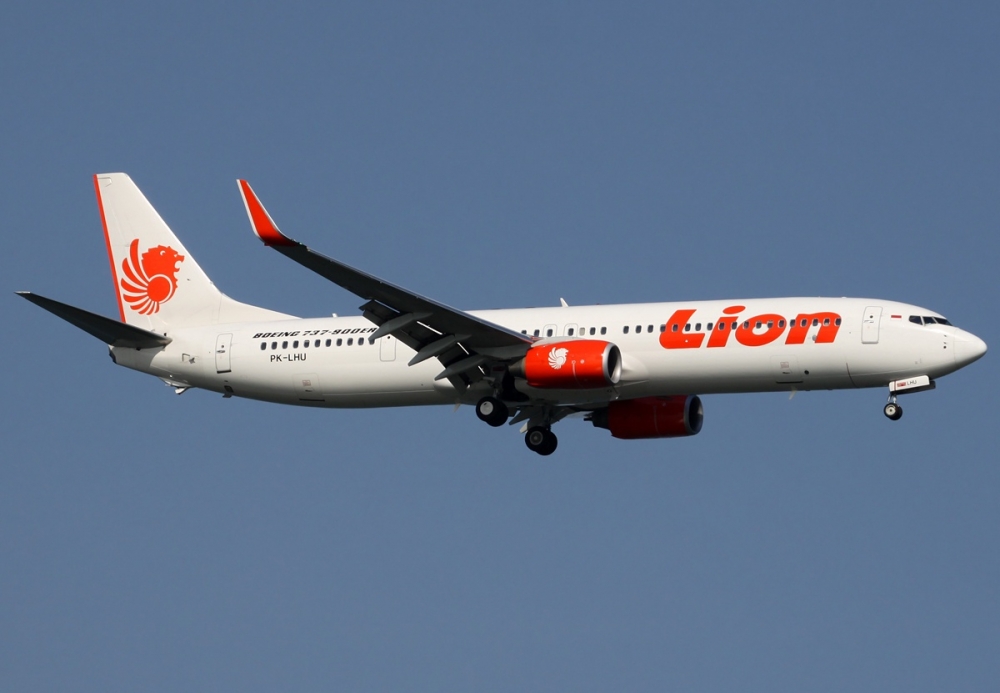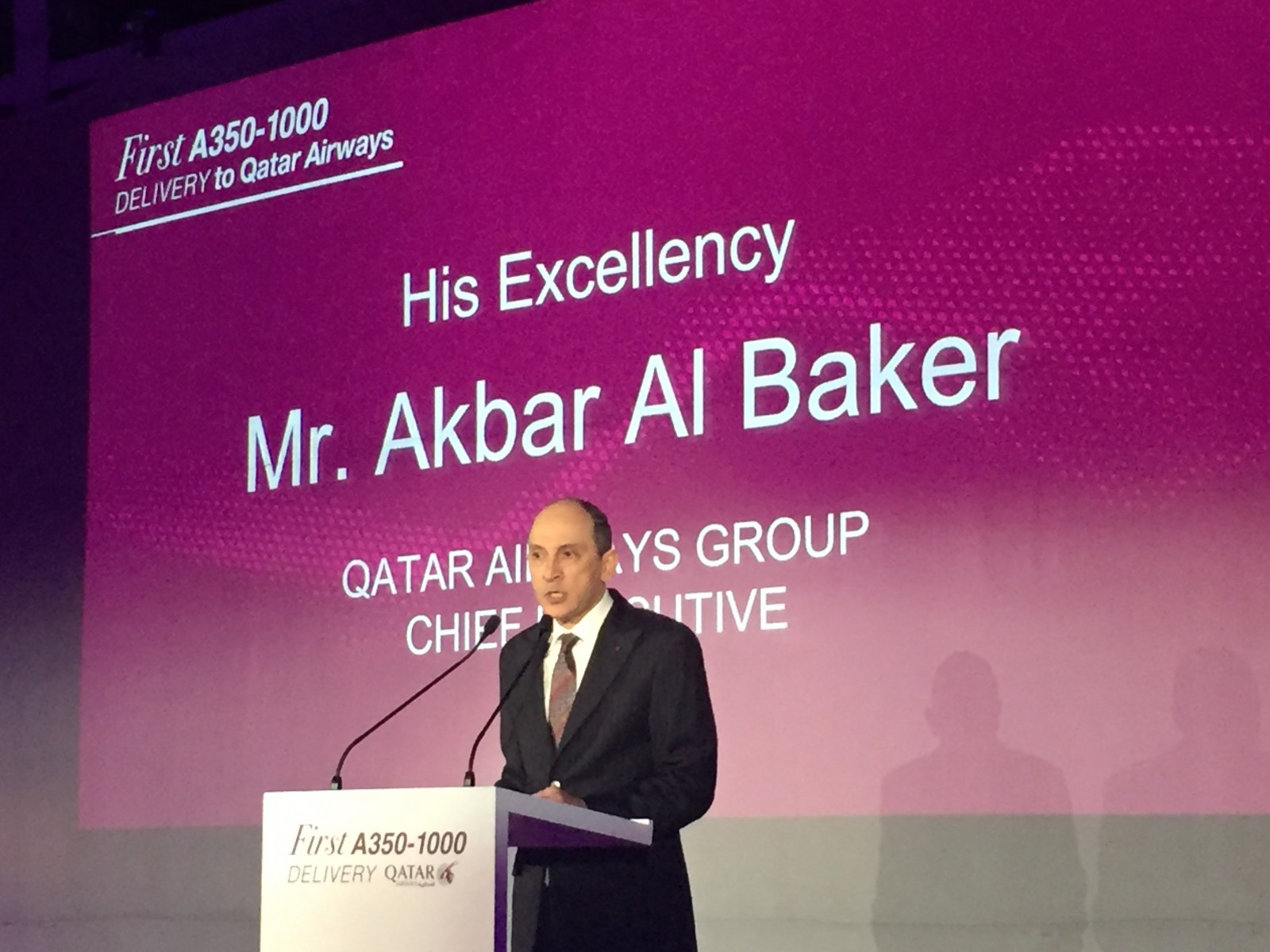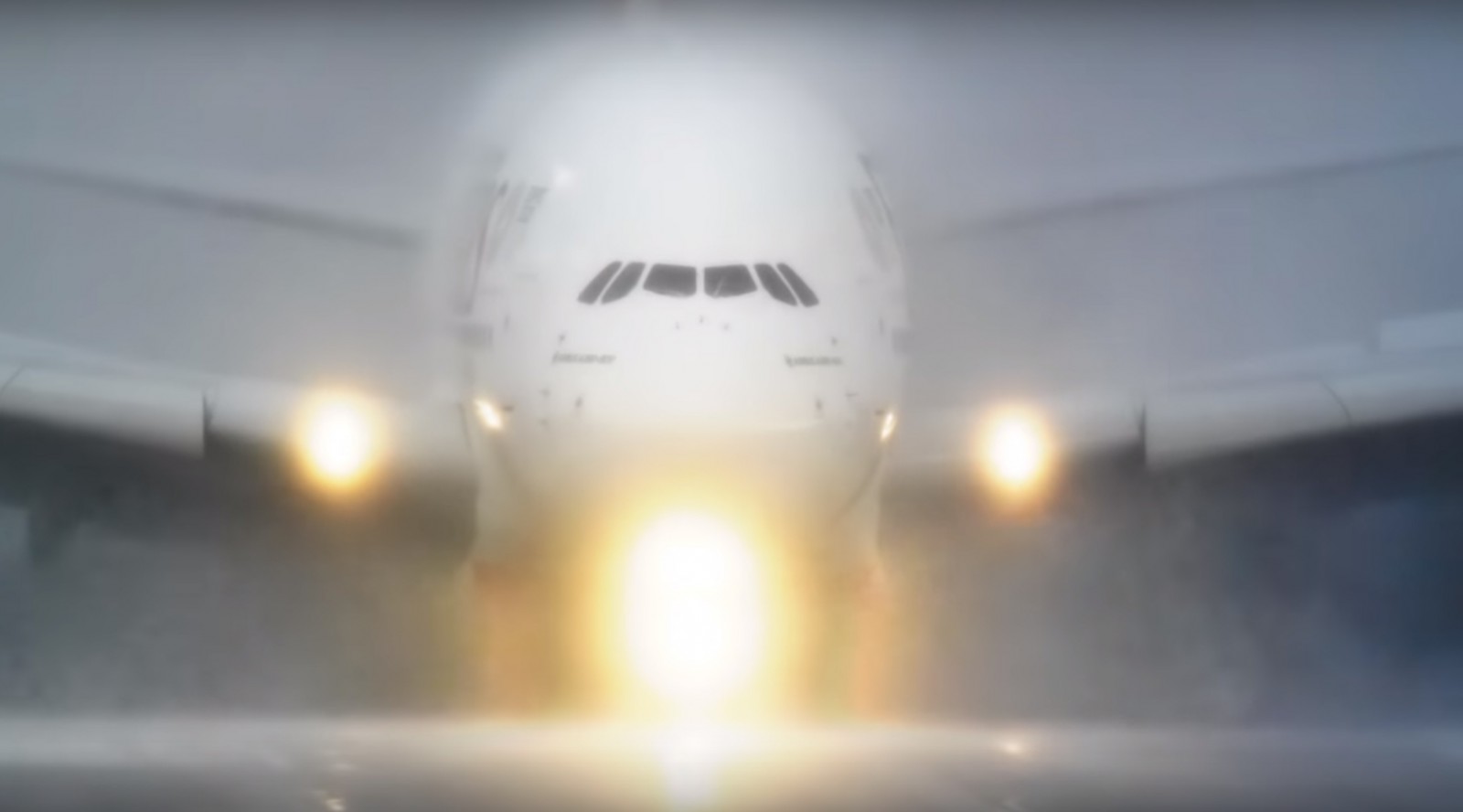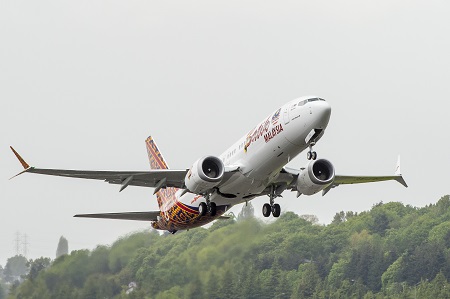Qantas and American Airlines have been accused of driving Qatar Airways out of the oneworld alliance it joined in 2013.
Qatar will undertake a last round of negotiations but group chief Akbar Al Baker warned on Tuesday that he intends to leave.
“The purpose of the alliance for us is defeated, therefore we don’t want to waste our time,” Al Baker said.
“We will see if our impasse with them can be resolved, if not then we don’t need to be in the alliance, we can survive without them.”
Al Baker emphasized during a conference in Madrid hosted by the International Air Transport Association that he was “impatient” and did not want to wait much longer to take a decision.
READ: Qatar wins AirlineRatings.com best business class and catering awards
He strongly hinted of possibly going his own way in terms of an alliance.
“We have the potential to form our own alliance, especially with the ownership of Qatar Airways in LATAM, IAG and Air Italy,” he said. “Qatar Airways will be interested in other investments soon that will give us even more synergies to make our own alliance of this group.”
Al Baker told a media briefing he was initially happy as a member of oneworld.
“I was very satisfied with the alliance when everybody was minding his own business,” he said. “As soon as American Airlines started minding my business I realized there was no point for us to be in this alliance as it was only a one-way street.”
Qatar Airways and American Airlines’s CEO Doug Parker have crossed swords in recent years when the big three Us carriers US spearheaded a lobbying effort in Washington DC aimed at curbing market access in the US by Gulf carriers.
Al Baker sees this as the disloyal behavior of a fellow alliance partner.
“The CEO of American does not realize that I (as shareholder of IAG) own 21 percent of his Transatlantic Joint Venture, so he is my partner, I’m not his partner,” he said
“So he should not talk against Qatar Airways all the time because his airline is the worst performer in America out of the three major US carriers.”
American had already severed its code-sharing ties with Qatar Airways and also lost its formerly close partnership with Etihad, as well as becoming estranged of former allies Gulf Air and Jet Airways in India.
“We never applied to be in oneworld, we were invited,” Al Baker added. “It was my wish to join Star, but oneworld approached us. The person that invited me is the same person now constantly attacking Qatar at American Airlines. So good luck to them.”
Qantas also came under fire from Al Baker for inflicting “hurtful” experiences on Qatar.
“Qantas is constantly slandering Qatar’s entry into Australia whilst they are welcoming Emirates, which is not part of their alliance as Qatar is,” he said. “Criticizing Qatar of receiving subsidies while they themselves are receiving subsidies from (Australian) states to operate from certain airports.
“They are challenging our capacity into Australia, whereas they are fine when Emirates is dumping huge capacity onto Australia whilst we are not.”
Recently, the chief executive of IAG, Willie Walsh, said it was likely Qatar would exit the alliance.
Al Baker made it clear that despite Qatar’s investment in IAG, it was entirely up to IAG to remain part of Oneworld.
Qantas said whether or not Qatar remained with oneworld was a decision for the Gulf carrier.
It said a recent decision by the Australian government not to grant Qatar more access to Australia was a question of international trade and made in the national interest.
Governments in the US and Europe knew Qatar had received billions in state-subsidies, leading to half-empty flights and unfair competition, it said.
“The decision by the Federal Government to pause more growth by Qatar into Australia shows they understand this, too,” it said.
“Qantas has no issue with tough competition – but we expect it to be fair. It’s a point we will keep making.”
On another note, the Qatar CEO clarified the latest shift in the carrier’s narrow-body order with Airbus, which ran into trouble after the originally ordered A320neos experienced teething engine troubles.
“We have converted our A320/321neo orders to 50 aircraft of the A321neo, including ten A321neoLRs,” Al Baker said, adding that the first aircraft would arrive in the first half of 2020.
Al Baker was optimistic this time around the engines would not affect the order, noting that most of the problems with the Pratt & Whitney engines had apparently been resolved ahead of Qatar’s deliveries.
He also criticized that the aviation industry for its reliance on two engine manufacturers who were already stretched to the limit.
“There is a lack of investment in the supply chain, this will be a very big challenge with the whole industry just relying on General Electric and Rolls-Royce,” he said.
















